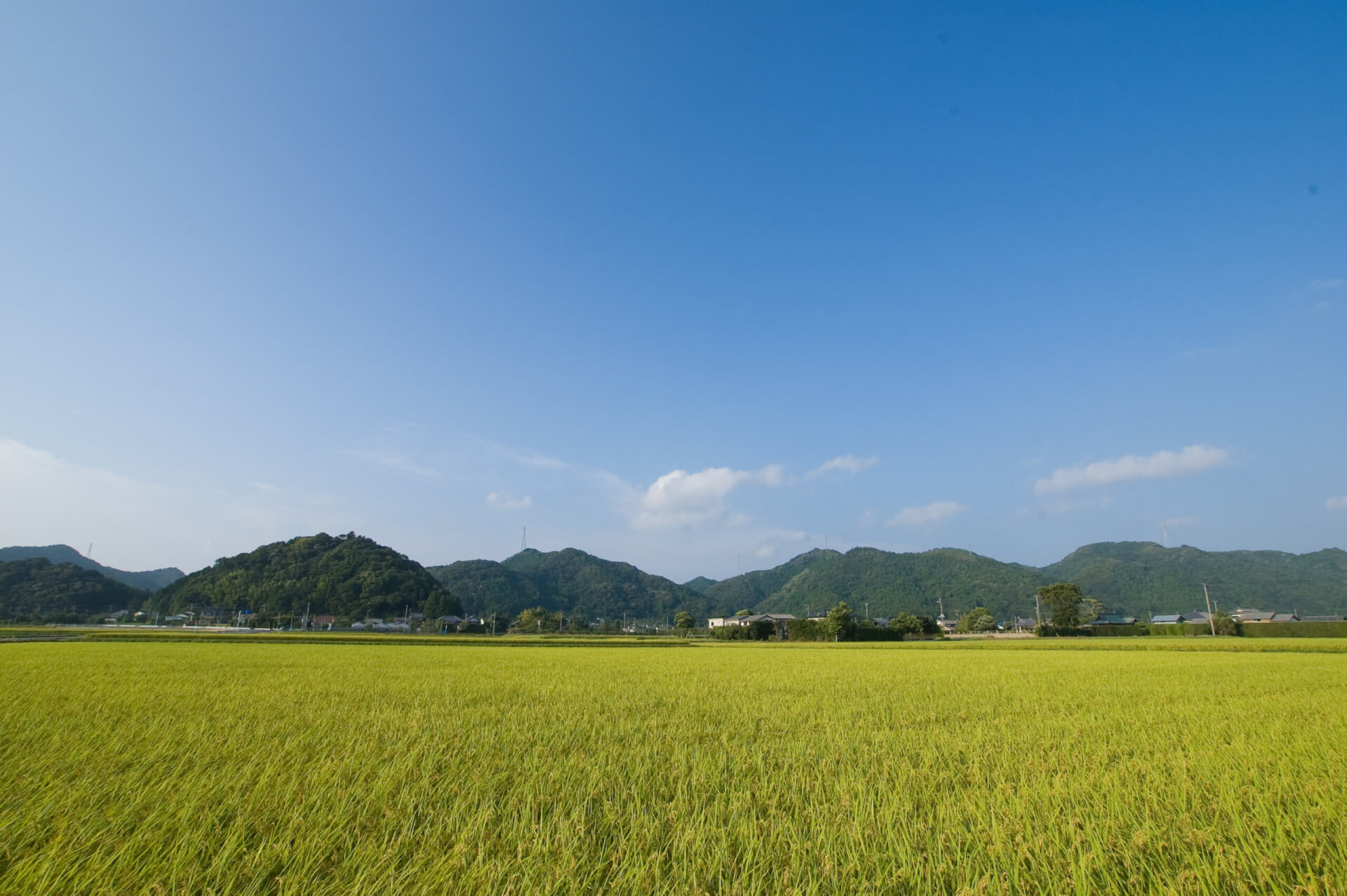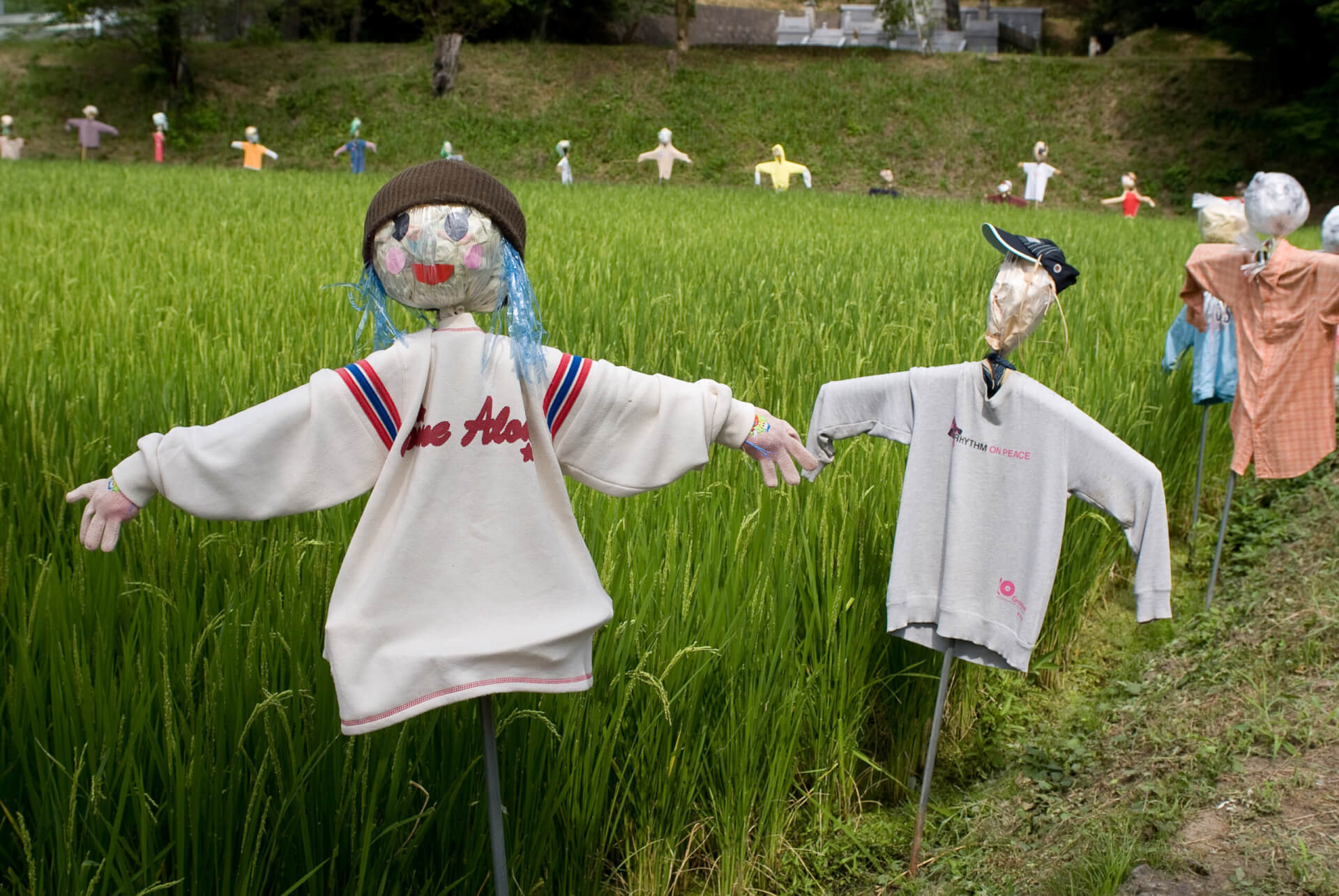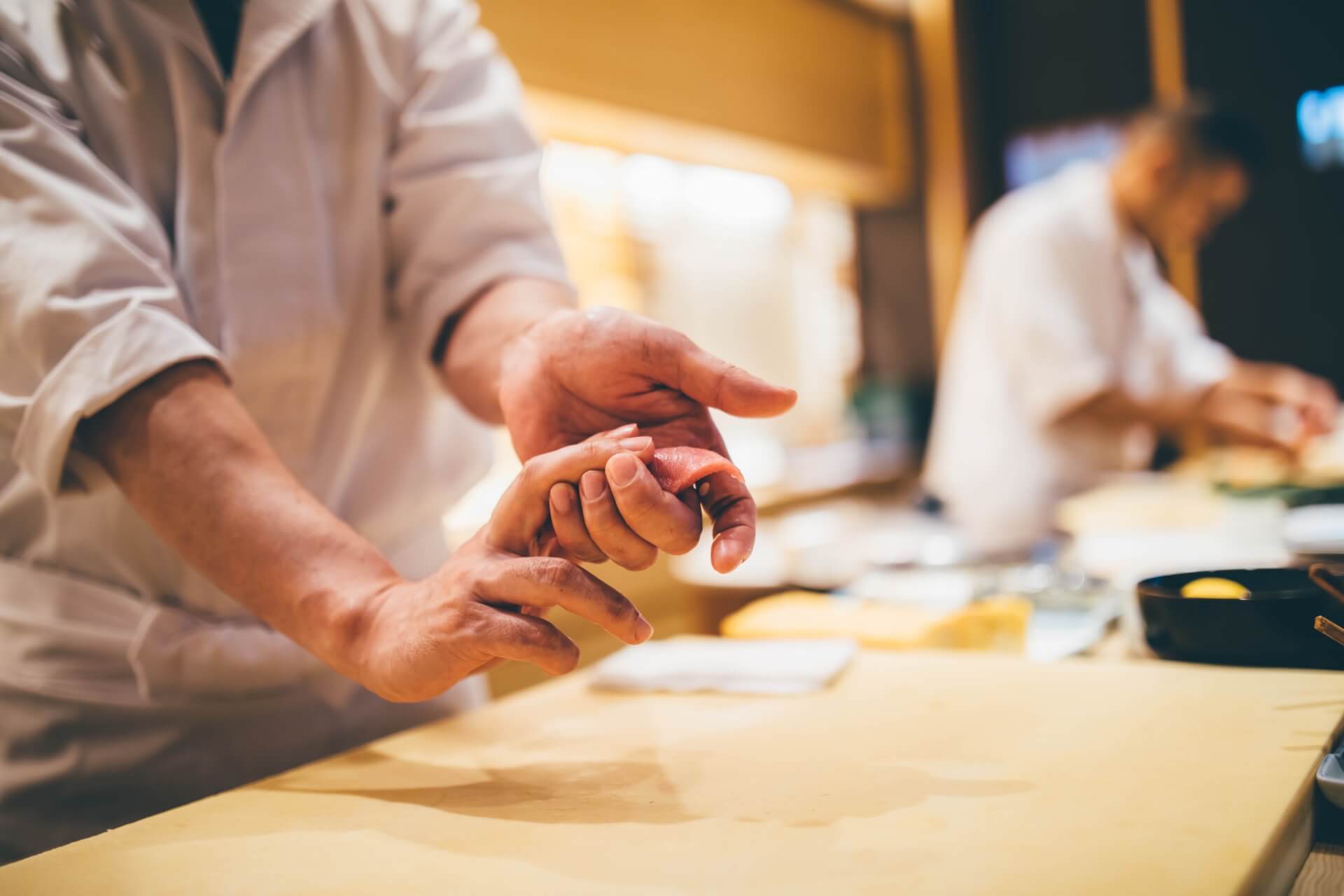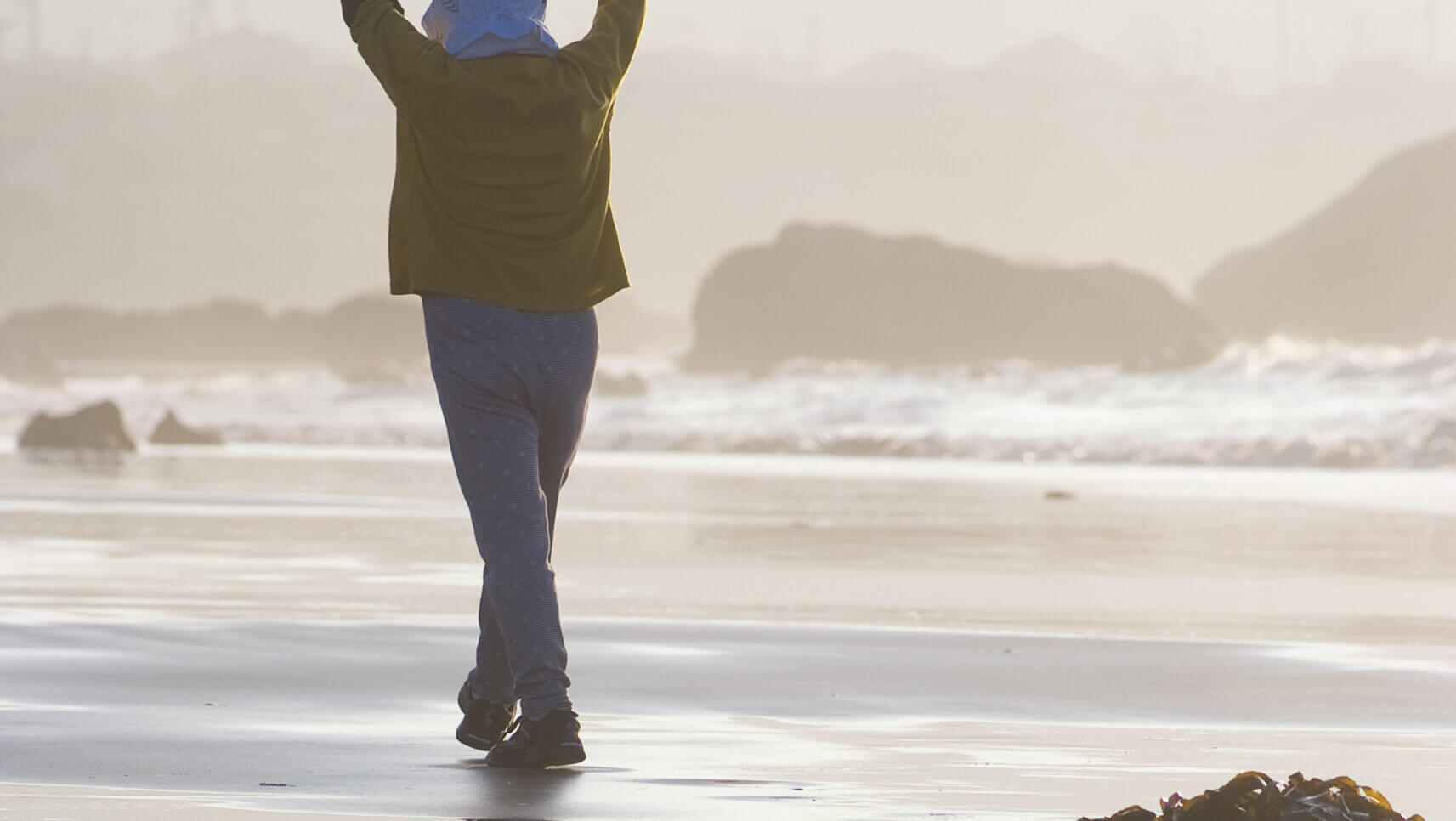Our lives today are much more convenient, easier and richer than they used to be. With the development of home appliances and mobility, the burden on the body has been reduced, work has been divided, and activities of daily living have become simpler. There are also situations where you operate your smartphone or computer for a long time and do not use your body.
In such a life, I think that our bodies tend to be distorted every day without knowing it. Convenience and abundance may lead to the loss of the opportunity to “naturally heal” postures and movements that have become unbalanced in life.
Until very recently, about three generations ago, our lives were waking up in the morning, drawing water, chopping firewood, burning fire, cooking, cleaning and washing, and walking when going to work or school. All activities of daily living were centered on human power, not home appliances or machines. It was also a way of living that moved the body so much that one house could not be maintained without sharing it with the whole family.
At that time, the roads I walked on were uneven, and cleaning started with dusters and swept out with a broom. I used to use my whole body all day, so I think my body was able to restore its original balance naturally. ..
We live in an era in which the strain and bias of our bodies become stronger if we do not live with a great deal of consciousness at the cost of enjoying “convenience and abundance.” I think it is important to pay close attention to the negative effects of “convenience and affluence”, think about what physical care should be, and practice it every day.











